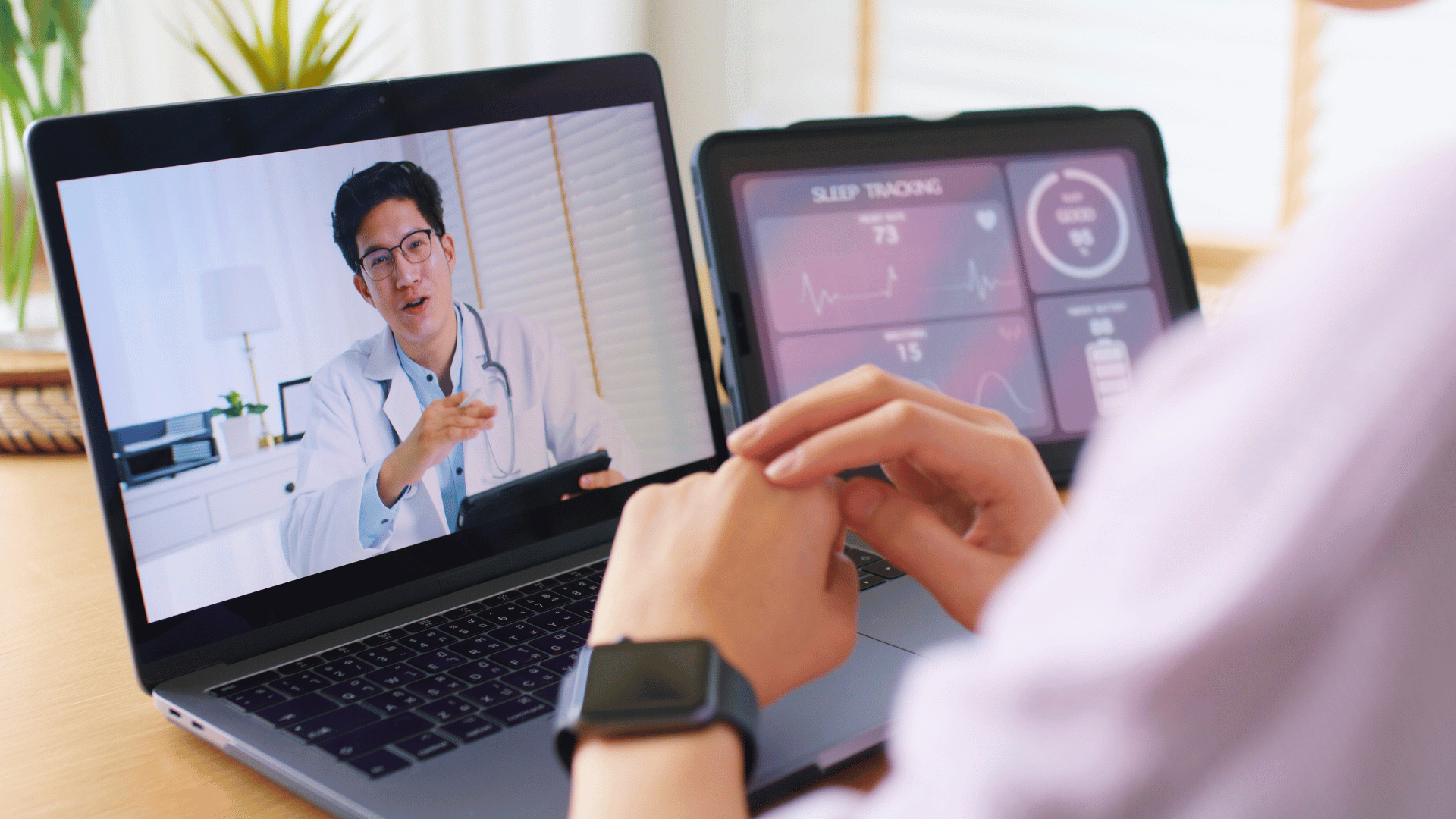Healthcare is incredibly important for all life stages. Whether you need a general checkup from your primary care physician, chronic disease management, or healthcare management, access to good healthcare is essential for a balanced life in which you actively manage your health and well-being.
As anyone with an online nurse practitioner degree can tell you, healthcare has become more accessible since the advent of telehealth. However, have you truly considered both the benefits and barriers of telehealth services? Stay with us as we unpack this topic in more detail.
What is Telehealth?
One major positive outcome for both patients and clinicians during the COVID-19 pandemic was the advent of telehealth. While it existed previously, the restrictions during the pandemic saw the uptake of telehealth at a rapid rate, with it springing up all over the country. With COVID-19, the majority of governments instigated lockdown orders, whereby people were forced to remain at home.
Yet people still needed prescriptions, referrals, and to talk to their doctor about their healthcare issues. So, a vast majority of medical practices pivoted and began offering telehealth sessions. These sessions range from phone calls to video meetings and are still referred to as telehealth. They all have the same outcome: allowing a patient to see their doctor while remaining safe at home.
The term telehealth refers to video or audio conferencing between patients and treating staff. It meant that someone could stay home and still have a full appointment with their treating professional unless a physical examination was required. Doctors could still prescribe medication, which is delivered via text message or faxed to the person’s drugstore. This ensured safety for immunocompromised individuals while the pandemic raged around the world.
The Benefits of Telehealth
Telehealth offers many benefits, which we’ll now explore in more detail.
Benefits for Those with Chronic Health Conditions
Today, telehealth offers a range of incredible benefits for patients managing chronic health conditions. For instance, those who live in remote and rural locations can still see a specialist without the hundreds of miles round-trip required to see them in person, not to mention the gas money. Telehealth provides accessible healthcare to those who need it, who may not otherwise be able to access healthcare easily.
For the Immunocompromised and Carers
Telehealth has been particularly beneficial for those who are immunocompromised, who have elderly relatives at home, or people who have to stay home to care for young children or other dependents. These people can stay home, stay safe, or care for their kids or elderly parents while still being able to access healthcare.

Benefits for Psychiatric Patients
One area of medicine that is particularly great for telehealth is psychiatry. Someone with chronic mental health issues can keep their regular appointments with their psychiatrist, get medication and advice on treatment, and stay home if they need to due to phobias or anxiety.
Single Parents and Low Incomes
Telehealth also offers benefits for single parents, those on low incomes, and people with disabilities, as they can access healthcare that might be cheaper than going to see a physician in person.
The Barriers of Telehealth
Now, we’ll spend a bit of time discussing the barriers to telehealth, including the major drawbacks.
Tech Equity
One major barrier to telehealth is tech equity, which is the idea that not everyone can afford broadband internet or mobile data in order to access telehealth. Those without a stable phone line or internet connection, who may live in rural or remote areas, are locked out of telehealth without a stable connection to speak to their doctor.
Regulatory Barriers
Depending on the country and state (as in the USA), telehealth practice may be regulated by law. Clinicians may need to obtain a mandated licence and meet other legal requirements to practice telehealth.
Furthermore, the internet could also enable quacks, charlatans, and other bad actors to defraud people for telehealth services. Patients should be informed and educated to look up their service providers’ credentials before accepting or paying for any telehealth interventions.
Social Barriers
Before the COVID-19 pandemic, clinicians’ and patients’ overall perceptions and attitudes towards telehealth were usually negative to mixed, probably driven in part by the perceived lack of face-to-face contact. Older clinicians and patients may be resistant to this change and be more sceptical of telehealth.
Although the acceptability of telehealth might have increased after the pandemic, certain populations, especially in rural settings, might still hold concerns about the use of telehealth for their healthcare needs. Increasing awareness through education can help mitigate these concerns and improve access.
No Physical Examination
Telehealth is not set up to enable a full physical examination of a patient. A doctor can’t take your blood pressure, listen to your breathing, or check your height and weight during a telehealth appointment. The lack of being able to perform a physical examination can mean that crucial information is missed, which could otherwise be interpreted in order to diagnose a condition and provide the appropriate treatment.
Educational Barriers
This barrier may stem from a lack of training related to telehealth practice. Telehealth was not a standard inclusion in curricula before the COVID-19 pandemic. Physicians need to be educated early, especially while training as students. Early exposure through dedicated training will help doctors build confidence and comfort in using telehealth in their future practice.
In addition, due to the nature of telehealth, the patient’s literacy (both traditional and digital) and education level may pose a barrier. This may mean designing telehealth applications based on simple interfaces and ease of use, keeping in mind such limitations and tech illiteracy.
This is a sponsored post by DLINX. All reviews and opinions expressed in this post are not based on the views and opinions of Tomorrow’s World Today.







